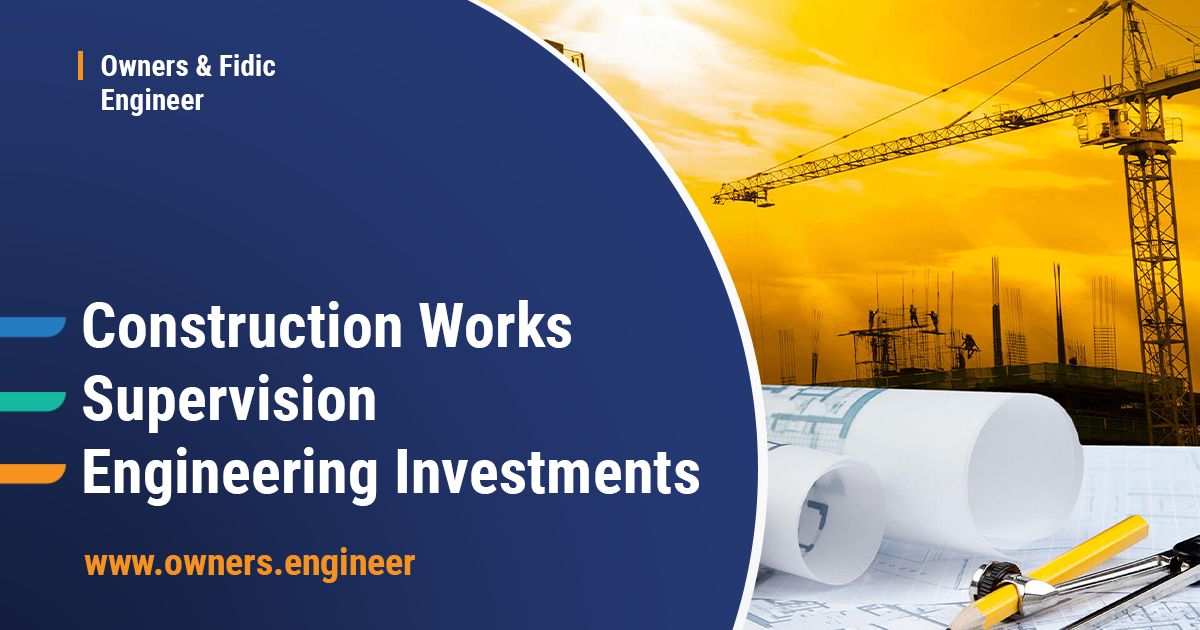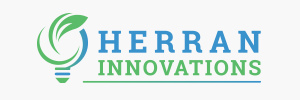Technical Documentation
Construction of structures is carried out on the basis of the construction permit, according to the technical documentation for construction of the structure.
Technical documentation is a set of designs that are prepared for the purpose of: establishing the concept of the structure, elaboration of requirements, the method of construction of the structure, and for the requirements of maintenance of the structure. Technical documentation is prepared on the basis of the location permit, which contains all the requirements and data required for preparation of the technical documentation. The energy permit shall not be submitted with the application for the construction permit for construction of a power plant of up to 1 MW, because the energy permit (*84) is not issued for such power plants.
According to the Law on Planning and Construction, the technical documentation for construction of a structure consists of: 1) The general design; 2) The preliminary design; 3) The main design, and 4) The detailed design.
The as-built design of the structure pertains to the technical documentation, which is prepared after construction of a power plant, prior to obtaining the operating permit.
Prior to the commencement of preparation of the technical documentation for construction of the structure referred to in Article 133, paragraph 2 of the Law on Planning and Construction, for which the construction permit shall be issued by the competent ministry, or by the Autonomous Province, the preliminary work shall be carried out, based on the results of which the preliminary feasibility study and the feasibility study are made.
A general design shall contain the data on: 1) The macro-location of the structure; 2) General layout of the structure; 3) The technical and technological concept of the structure; 4) The method of providing the infrastructure; 5) Possible options of spatial and technical solutions from the aspect of fitting in the space; 6) Natural conditions; 7) Assessment of the impact on the environment; 8) Engineering, geological, and geotechnical characteristics of the terrain from the aspect of establishing the general concept and justifiability of construction of the structure; 9) Exploratory works for preparation of the preliminary design; 10) Protection of natural and immovable cultural assets; 11) Functionality and rationality of the design.
A preliminary design shall specify: the use, position, form, capacity, technical, technological, and functional characteristics of the structure, organizational elements of the structure, and views of the structure. (*85)
A layout plan, which is the necessary element of the Preliminary Design, depending on the type of structure, shall contain: 1) Lengths of each side of the building plot; 2) Height levels of the existing land and leveling; 3) Regulation and building lines, including the presentation of the existing and planned structures with outer measures, number of floors of the planned structure including the presentation of the final story or roof structure with plane slopes; 4) The position and numbers of adjacent cadastral lots and buildings, as well as the name of the street.
The general design and the preliminary design, the preliminary feasibility study, and the feasibility study for the structures referred to in Article 133, items 5), 9), and 20) of the Law on Planning and Construction (when a power plant facility is located within the protected environs of an outstanding immovable cultural asset and of cultural assets registered in the Lists of the World Cultural and Natural Heritage and of structures in protected areas in compliance with the decision on protection of cultural assets (except for conversion of shared premises in an apartment, or business space in protected environs of outstanding cultural assets and cultural assets registered in the List of the World Cultural Heritage), as well as of structures within the boundaries of a national park and of structures within the boundaries of protection of an outstanding protected natural asset (except for family houses, agricultural, and industrial facilities and by them required infrastructure facilities, which are constructed in villages), in compliance with the law, and of structures for electricity/heat generation from renewable energy sources of a capacity of 10 MW and over, as well as for power plants 50 meters high and over, shall be subject of review (expert supervision) by the committee, which shall be formed by the minister in charge of civil engineering affairs (hereinafter referred to as: the Review Committee).
The Review Committee shall submit, to the investor, the report with the measures, which must be applied when preparing the main design.
The deadline for submitting the report may not exceed 60 days as of the date of a duly submitted application.
The costs of design review shall be borne by the investor.
A main design shall specify the civil engineering, technical, technological, and exploitation characteristics of the structure including the equipment and installations, technical, technological, and organizational solutions for construction of the structure, the investment value of the structure, and the requirements for maintenance of the structure. In addition to the elements of the main design strictly prescribed in the Law on Planning and Construction, this design shall also contain the statement of the designer-in-charge and the entity that has done the review, confirming that the main design has been prepared in compliance with the location permit and the rules of profession.
The investor shall obtain the approval on the main design from the competent authorities, or organizations, when it is specified in the requirements contained in the location permit.
The main design shall contain in particular: 1) The layout plan; 2) Detailed engineering, geological, and geotechnical requirements for construction of the structure; 3) Topographical surveying documents; 4) Data on the functional, structural, and form-relevant characteristics of the structure; 5) Elaboration of technical and technological characteristics of the structure including the equipment and installations; 6) Computation of engineering structures, stability, and safety of the structure; 7) The design of the foundation of the structure; 8) Data on the required surveying in the course of construction; 9) Technical solution of the infrastructure including the method of service connections and landscaping of free areas; 10) Requirements for protection of the structure and adjacent structures; 11) Technical, technological, and organizational solutions for construction of the structure; 12) Elaboration of the measures for prevention or mitigation of negative impacts on the environment through the adequate technological process; 13) Costs of construction and maintenance of the structure; 14) Other designs, studies, and data depending on the use of the structure.
A detailed design shall contain the elaboration of all the necessary details for construction of a structure according to the main design. This design shall be prepared for the requirements of carrying out of the work on construction if the main design does not contain elaboration of details needed to carry out the work.
An As-built Design presents the as-built state of a structure and it shall be prepared for the requirements of obtaining the operating permit, for exploitation, and maintenance of the structure. This design is the Main Design with the amendments occurring in the course of construction of the structure. In case there have been no
deviations from the Main Design in the course of construction of the structure, the investor, the person who has exercised the supervision, and the contractor shall corroborate and certify, on the main design, that the as-built state is equal to the designed state.
Inter alia, the preliminary feasibility study (*86) and the feasibility study (*87) may be made.
The preliminary feasibility study shall contain the general design. The feasibility study shall contain the preliminary design.
The technical documentation for construction of structures may be prepared by a company, or by another legal entity, or by an entrepreneur, which are registered in the relevant registry for preparation of technical documentation.
Technical documentation for construction of structures for which the construction permit is issued by the Ministry, or by the Autonomous Province, may be prepared by a company, or by another legal entity, which is registered in the relevant registry for preparation of technical documentation for that type of structures and which has employed persons with the licenses for the designers-in-charge, who have adequate professional results in preparation of technical documentation for that type and use of structures, or who possess the licenses for preparation of technical documentation for construction of structures for which the construction approval is issued by the ministry, or by the competent authority of the Autonomous Province.
The Law on Planning and Construction stipulates that the main design may be prepared after obtaining the location permit. The main design represents a detailed elaboration of the technical solution, which has been obtained in the previous stage of designing (the general or the preliminary design, which are mandatory for the structures referred to in Article 133, paragraph 2 of the Law on Planning and Construction), based on detailed exploratory work and requirements defined in the location permit.
The general design shall be prepared when there is no detailed regulation plan and, when the plan exists, the feasibility study and the preliminary design shall then be prepared, specifically for the structures referred to in Article 133, paragraph 2 of the Law on Planning and Construction.
The investor shall obtain the approval of the main design from the competent authorities or organizations, when it is specified by the requirements contained in the location permit (*88).
The main design shall be subject to review. The review of the main design may be exercised by a company, or another legal entity and an entrepreneur, who fulfill the requirements for preparation of technical documentation prescribed by the law and who are designated and financed by the investor. The review of the main design for construction of structures for which the construction permit is issued by the Ministry, or by the Autonomous Province, may be prepared by a company, or by another legal entity, which is registered in the relevant registry for preparation of technical documentation for that type of structures and which has employed persons with licenses for designers-in-charge, who have adequate professional results in the preparation of technical documentation for that type and use of structures, or who possesses the license for preparation of technical documentation for construction of structures for which the construction approval is issued by the ministry, or by the Autonomous Province.
A report shall be made on the completed review, which shall be signed by the designer-in-charge employed with the entity, which has done the review, and the accuracy of the main design shall be certified on the actual design. Review of the main design for construction of structures, for which the construction permit is issued by the competent ministry, or by the Autonomous Province, shall also include verification of the harmonization with the measures contained in the report of the review committee (*89).
Construction Permit
After completion of the review of the main design and getting a positive report on the completed review or verification of the accuracy on the actual design, the application for the construction permit shall be submitted. If the power plant is of a capacity of 10 MW and over or if it is 50 meters high and over or if it is located in protected environs of outstanding cultural assets with clearly defined borders of cadastral lots, and of cultural assets registered in the Lists of the World Cultural and Natural Heritage and of structures in protected areas in compliance with the decision on protection of cultural assets, as well as of structures within the boundaries of a national park and of structures within the boundaries of protection of a protected outstanding natural asset, in compliance with the law, then the application shall be submitted to the Ministry of Environment and Spatial Planning or to the competent authority of the Autonomous Province, if the power plant is located in its territory. For facilities of a capacity below 10 MW or under 50 m high, the application shall be submitted to the competent authority of the unit of local self-government.
The following shall be submitted with the application for the construction permit: 1) The location permit; 2) The main design in three copies, including the report on the completed review and verification of its accuracy; 3) The evidence of the ownership right, or of the right to lease the construction land; 4) The evidence of the settled relationship with respect to the payment of the fee for the construction land development; 5) The evidence of payment of the administrative fees and duties; 6) The energy permit (if the capacity of the power plant exceeds 1 MW).
For the structures for which the construction permit is issued by the Ministry, or by the Autonomous Province, the report of the review committee shall also be submitted with the application.
The construction permit shall be issued within eight days from the date of a duly submitted application. The construction permit shall be issued in the form of a decision. The main design shall be an integral part of this decision.
The construction permit shall particularly contain the data on: 1) The investor; 2) The structure the construction of which is permitted (including the data on the overall dimensions, surface area, estimated cost); 3) The cadastral lot on which the structure is to be constructed; 4) The period of validity of the construction permit and the deadline for completion of construction, 5) The documentation based on which it is issued.
If the competent authority, upon receipt of the application, establishes that the design has not been prepared in compliance with the codes of construction contained in the location permit, it shall notify the investor within 8 days and order him to harmonize the design within 30 days. If the investor fails to do so within the stipulated time, the application shall be rejected.
An appeal may be lodged against the decision on the construction permit within 8 days.
The competent authority deciding on an appeal against the decision of the authority of a local self-government unit is the Ministry of Environment and Spatial Planning or the competent authority of the Autonomous Province, if the power plant is situated in the territory of the Autonomous Province. The City of Belgrade may decide on an appeal against a first-instance decision on the construction permit handed down for construction or reconstruction of structures of up to 800m












